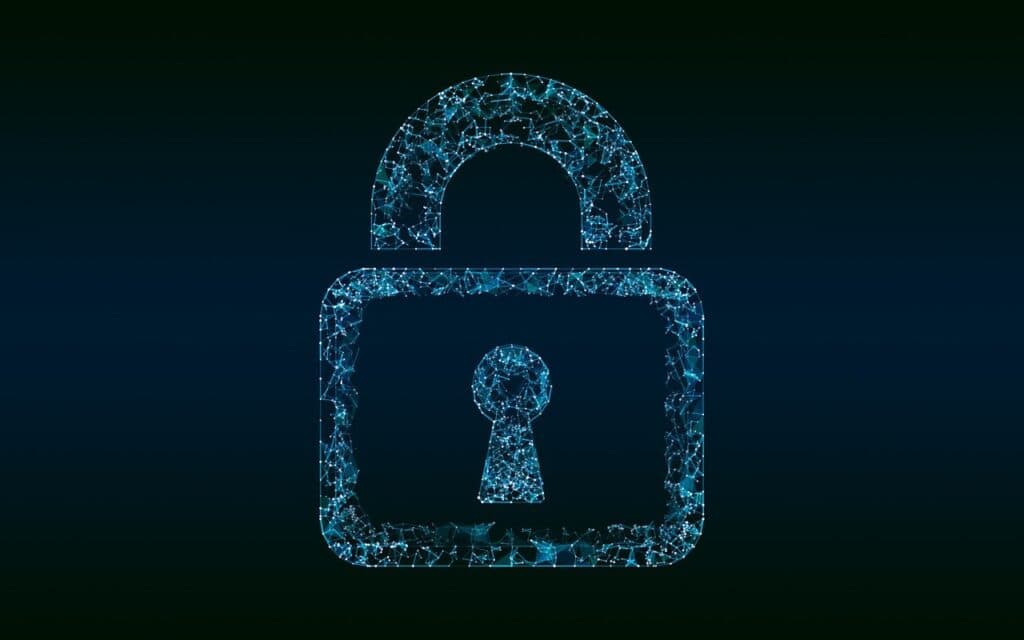Ransomware attacks have surged in recent years, posing a significant risk to small businesses worldwide. Cybercriminals exploit vulnerabilities, encrypt data, and demand hefty ransoms—leaving businesses scrambling to recover. Without proper cybersecurity strategies, small businesses can suffer devastating financial and reputational losses.
Understanding ransomware, its impact, and how to implement a proactive defense strategy is essential for business survival. This guide explores different types of ransomware, how attacks unfold, and the best cybersecurity practices for protection.
What is Ransomware?
Ransomware is a type of malicious software designed to lock or encrypt files, making them inaccessible to the owner. Attackers demand a ransom, usually in cryptocurrency, in exchange for a decryption key. However, even if a business pays the ransom, there’s no guarantee data will be recovered.
Small businesses, often lacking the cybersecurity resources of large enterprises, are prime targets for ransomware attacks. These businesses must take proactive steps to secure their systems and prevent unauthorized access. Cybersecurity awareness is a fundamental aspect of business protection, ensuring employees understand the risks of malware and phishing scams.
Types of Ransomware That Threaten Small Businesses
Understanding the different types of ransomware can help businesses develop effective defense strategies. Here are the most common forms of ransomware:
1. Crypto Ransomware
Crypto ransomware encrypts critical business data, making files inaccessible without a decryption key. Attackers demand a ransom, threatening to delete or leak data if payment is not made.
2. Locker Ransomware
Unlike crypto ransomware, locker ransomware blocks access to an entire device or system. Victims see a ransom note demanding payment before access is restored. These attacks can completely halt business operations.
3. Scareware
Scareware tricks users into believing their system is infected with a virus, urging them to pay for fake security software. This type of ransomware preys on fear and misinformation.
4. Doxware (Leakware)
Doxware threatens to release sensitive business information publicly unless the ransom is paid. Companies handling customer data are particularly vulnerable to this attack.
5. Ransomware as a Service (RaaS)
RaaS is a business model where cybercriminals sell ransomware tools to less experienced attackers. This accessibility has increased the frequency and sophistication of ransomware attacks.
How Ransomware Attacks Happen
Most ransomware infections start with human error. Cybercriminals use deceptive tactics to infiltrate systems. Here’s how these attacks typically unfold:
- Infection: Employees unknowingly click on a malicious link or download an infected file, often via phishing emails. Understanding how to block inbox-based threats is crucial to minimizing risk.
- Encryption: Once inside the system, the ransomware encrypts files or locks devices, preventing access.
- Ransom Demand: Attackers display a message demanding payment in exchange for the decryption key.
- Payment Deadline: Businesses face pressure to pay within a deadline, or attackers may delete or leak sensitive data.
The Cost of Ransomware for Small Businesses
The consequences of a ransomware attack can be catastrophic. Beyond the ransom payment, businesses must deal with:
- Operational downtime – Systems locked by ransomware halt business operations, causing revenue losses.
- Legal and compliance costs – Companies must comply with data protection laws and may face fines for breaches. Compliance regulations add another layer of responsibility.
- Reputation damage – Customers lose trust in a company that fails to protect sensitive data.
- Recovery expenses – Even after resolving an attack, businesses must invest in improved cybersecurity measures.
How Small Businesses Can Prevent Ransomware Attacks
Implementing a multi-layered security strategy significantly reduces the risk of ransomware attacks. Here are essential defense tactics:
1. Invest in Cybersecurity Services
Working with a Managed Service Provider (MSP) like CMIT Solutions ensures your business has robust security protocols in place. MSPs offer services like threat detection, endpoint security, and backup solutions to protect your data.
2. Employee Training & Awareness
Human error remains one of the top causes of ransomware infections. Educate employees on phishing emails, suspicious links, and social engineering attacks. Regular training and simulated attacks will improve awareness.
3. Regular Data Backups
Having secure, offline backups is crucial for data recovery after a ransomware attack. Backups should be encrypted and stored separately from the main network. Cloud services provide additional security, ensuring businesses can quickly restore operations.
4. Use Strong Firewalls & Network Segmentation
Firewalls block unauthorized access, and network segmentation ensures that an infection in one system doesn’t spread to others. Implementing a cloud vs. physical server strategy enhances security and scalability.
5. Implement Multi-Factor Authentication (MFA)
Even if credentials are stolen, MFA prevents unauthorized access by requiring multiple verification steps.
6. Regular Security Updates & Patch Management
Outdated software contains security vulnerabilities that ransomware exploits. Businesses should regularly update operating systems, applications, and firmware.
7. Limit Remote Desktop Protocol (RDP) Access
Many ransomware attacks exploit RDP vulnerabilities. Businesses should disable RDP if unnecessary or use strong passwords and VPNs to secure access.
8. Adopt a Zero-Trust Security Model
Zero Trust security ensures strict access control by verifying every user and device attempting to connect to business systems.
9. Incident Response Plan
An incident response plan outlines the necessary steps to contain and recover from a ransomware attack. The plan should include:
- Immediate system isolation
- Notifying cybersecurity professionals
- Engaging law enforcement and regulatory authorities
- Using backups for data restoration
10. Cloud Security & Digital Workplace Protections
Modern businesses rely on cloud computing for scalability and security. Ensuring cloud platforms have end-to-end encryption, threat monitoring, and access controls is essential. Understanding Digital Employee Experience (DEX) also helps businesses streamline security in remote work environments.
What to Do If Your Business Falls Victim to Ransomware
- Do not pay the ransom – Paying does not guarantee data recovery and encourages more attacks.
- Disconnect affected devices – Prevent further spread by isolating infected systems.
- Report the attack – Federal agencies like CISA (Cybersecurity & Infrastructure Security Agency) recommend reporting ransomware incidents.
- Restore from backups – Having an effective data recovery plan minimizes downtime and financial losses.
- Consult cybersecurity experts – Engage professionals to assess damage and implement stronger protections.
Final Thoughts: Partnering with CMIT Solutions for Ransomware Protection
Ransomware is one of the most pressing cybersecurity threats to small businesses today. Understanding how these attacks unfold and implementing preventive measures is crucial for business continuity.
CMIT Solutions provides IT guidance, cybersecurity services, cloud security solutions, and compliance support to safeguard small businesses against ransomware threats.
If you’re looking for a trusted MSP to enhance your cybersecurity strategy, contact us today to schedule a consultation.
Frequently Asked Questions (FAQs)
How much do small businesses pay for ransomware attacks?
Small businesses pay an average of $170,000 per attack, with some payouts reaching millions.
Which industries are most affected by ransomware?
Healthcare, financial services, and professional service industries face the highest number of ransomware attacks.
Should a business pay the ransom?
No. Paying the ransom does not guarantee data recovery and encourages more attacks.
Protect your business today with comprehensive cybersecurity strategies. Schedule a free consultation with CMIT Solutions to ensure your data and operations remain secure.
Conclusion: Secure Your Business Against Ransomware with CMIT Solutions of Concord
Ransomware is a severe and growing threat to small businesses. Without proper cybersecurity protections, your business could suffer financial loss, operational downtime, and reputational harm.
Implementing strong cybersecurity measures, employee training, secure backups, and expert IT support is crucial for ransomware defense. CMIT Solutions of Concord provides comprehensive IT security services, cloud solutions, and proactive threat monitoring to keep your business safe.
🚀 Take action today! Don’t wait for an attack to happen—contact CMIT Solutions of Concord and let our cybersecurity experts protect your business from ransomware threats.
Stay secure. Stay proactive. Stay in business with CMIT Solutions of Concord.
Feature image:




